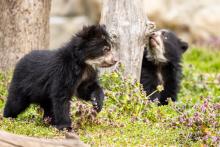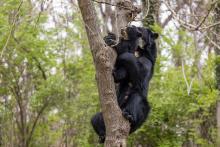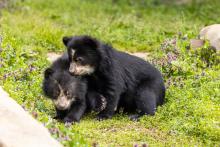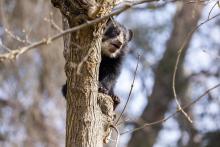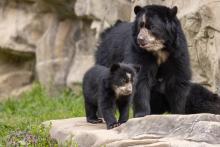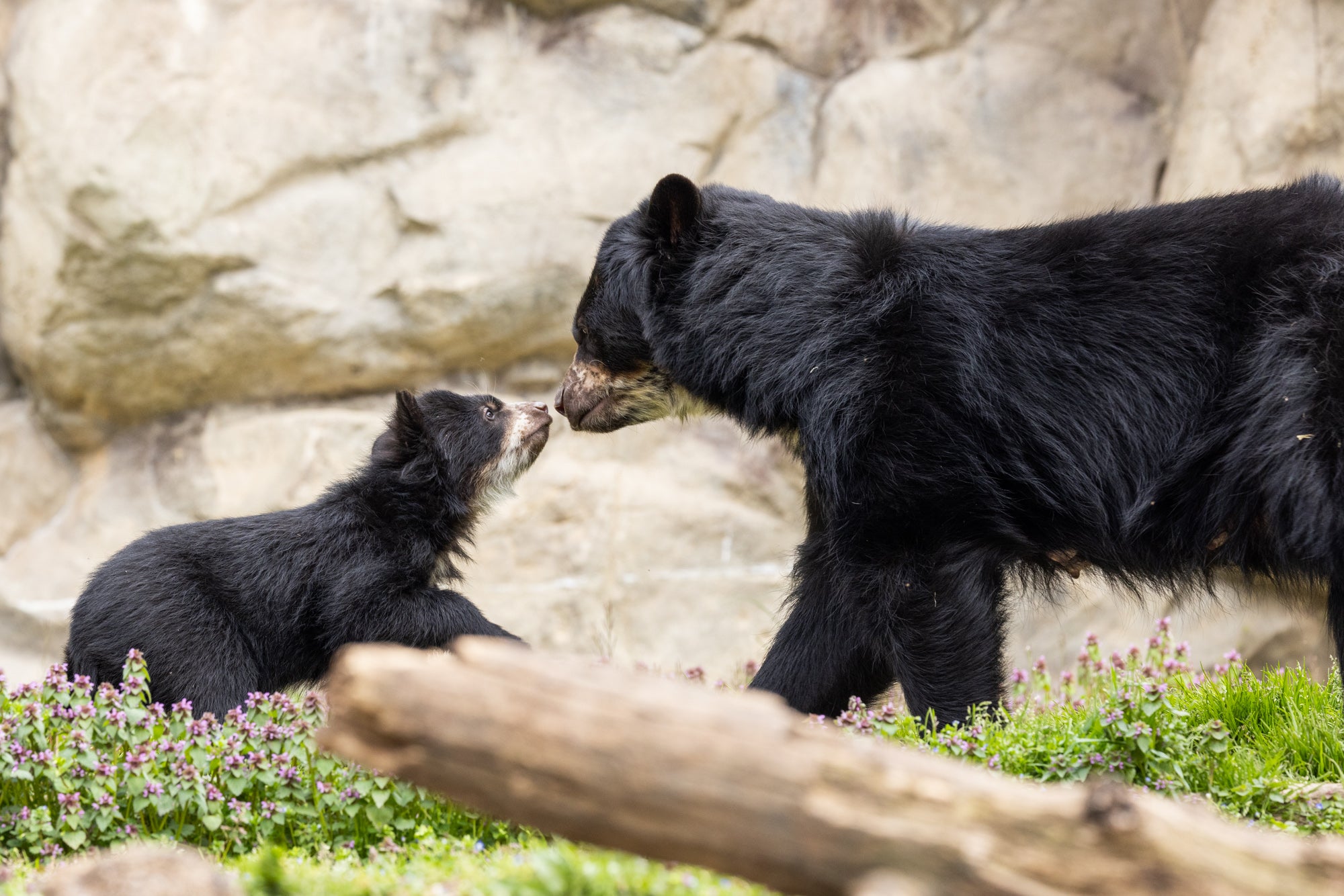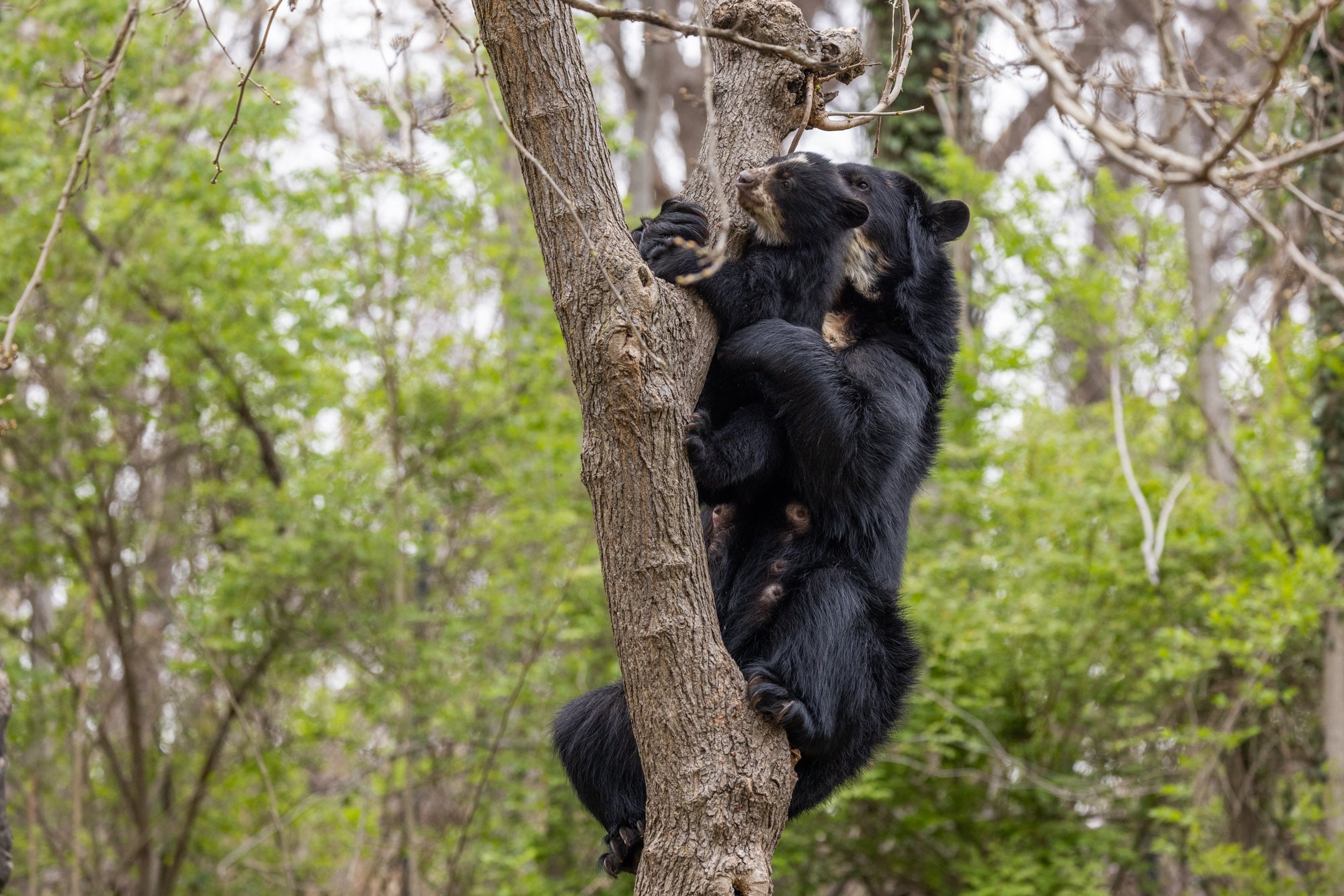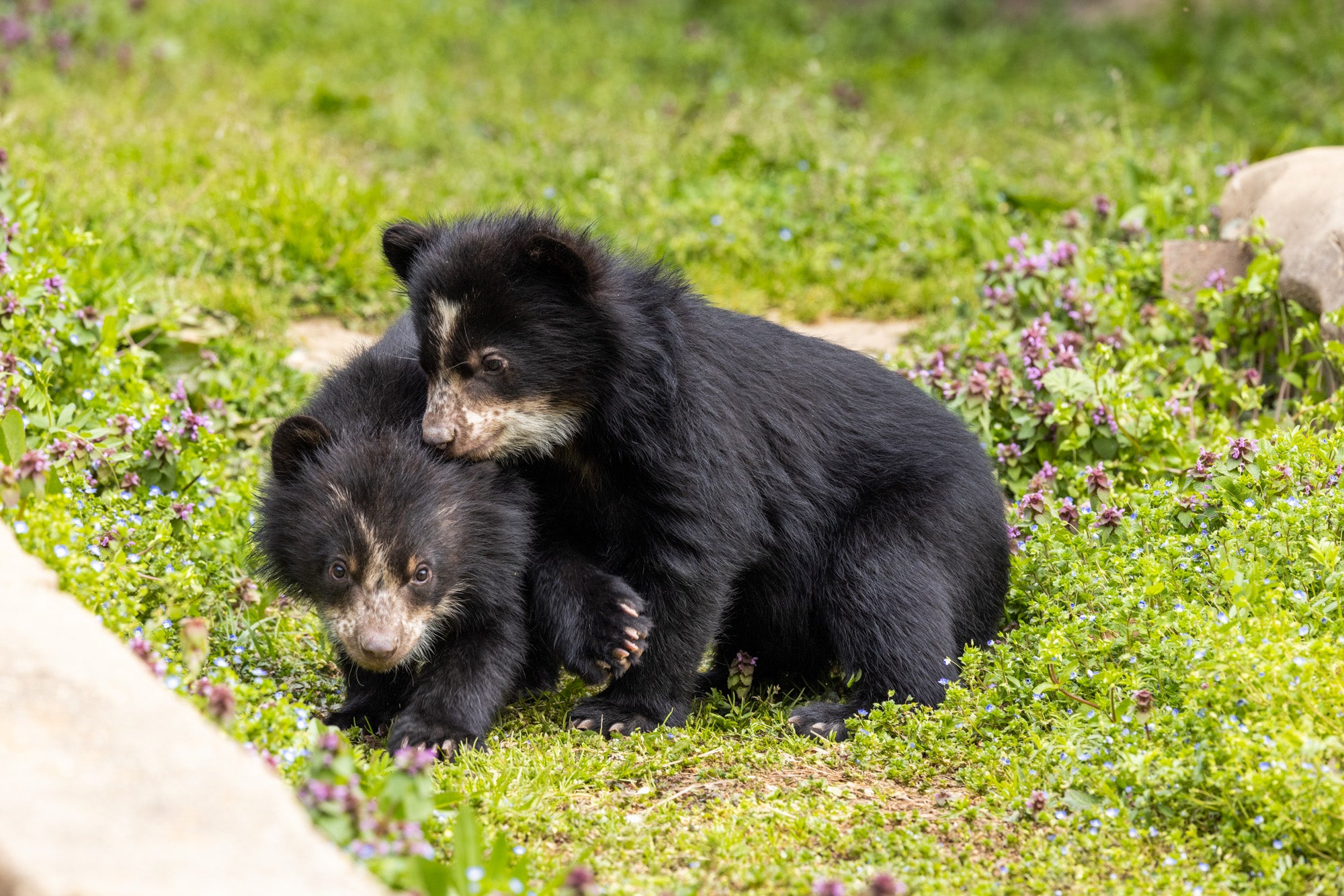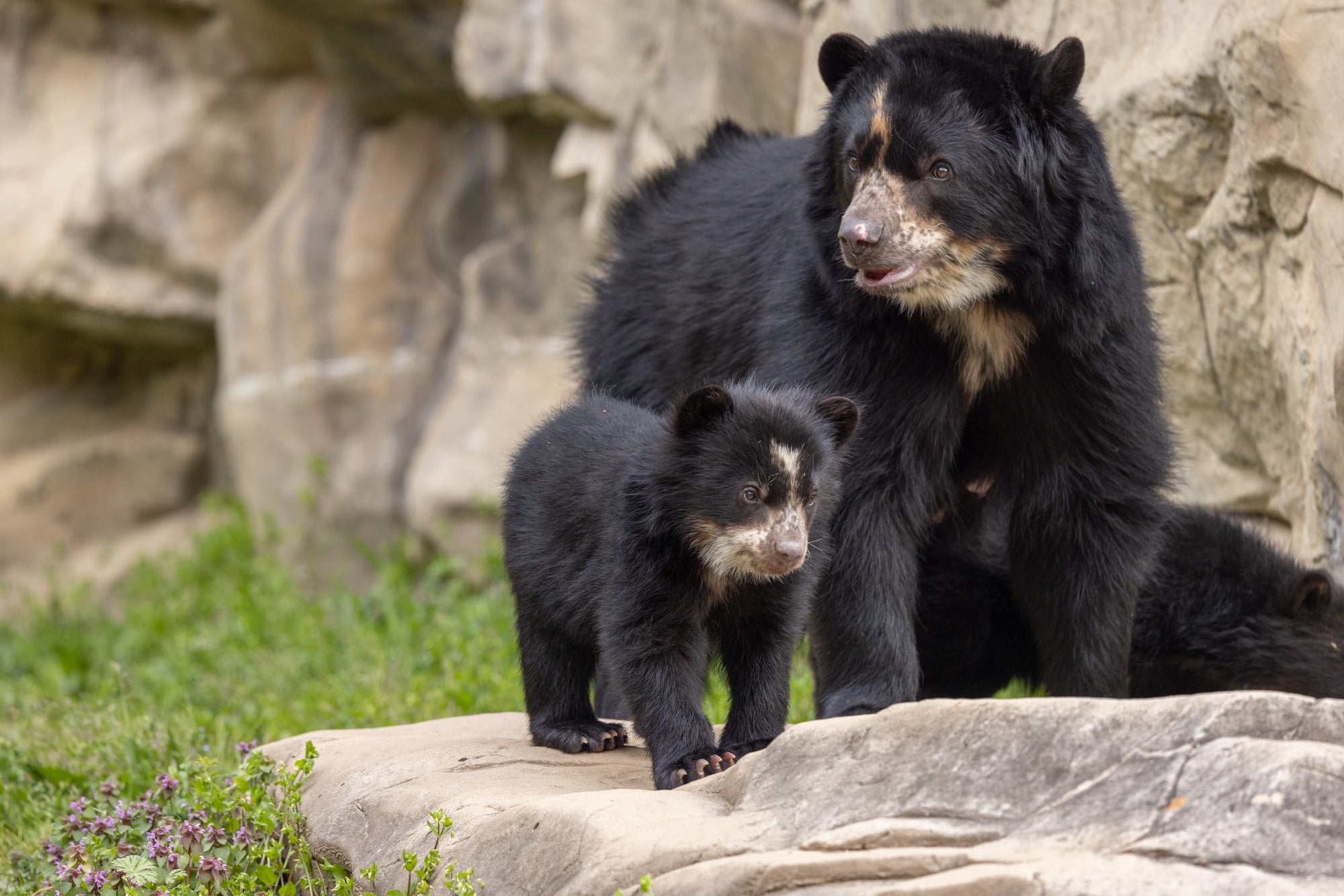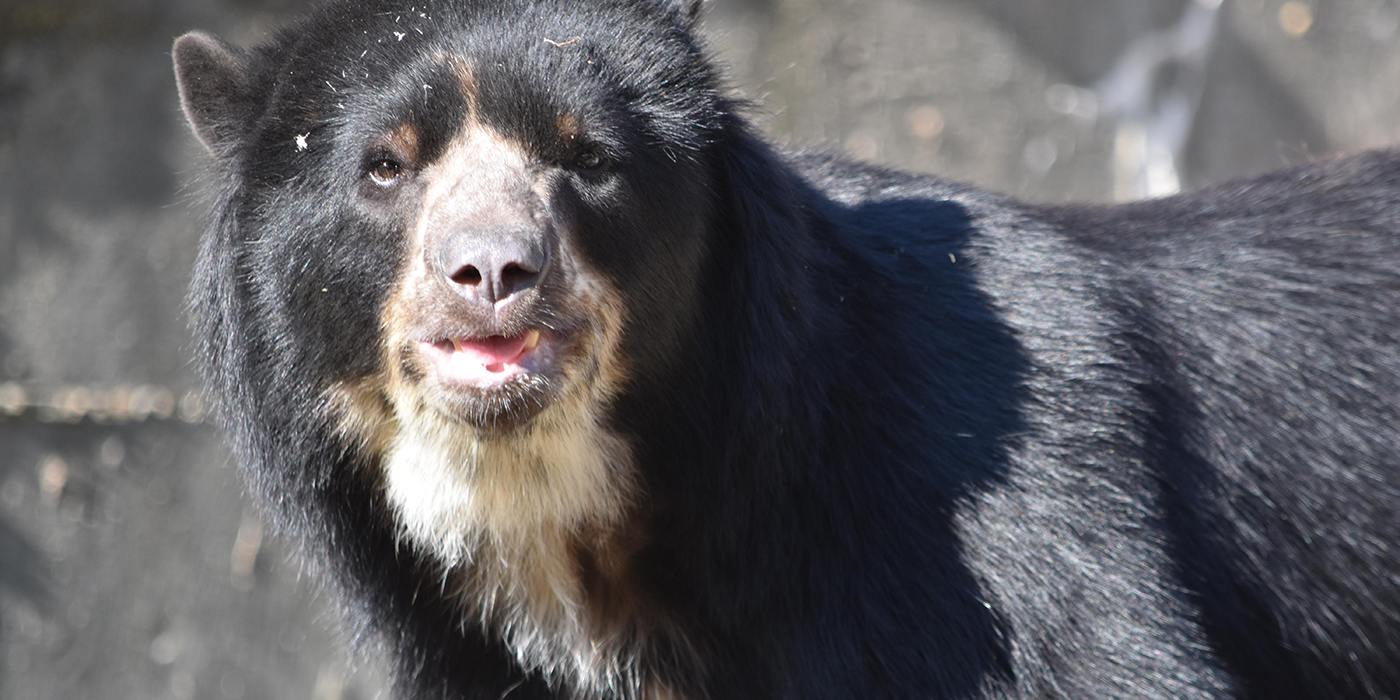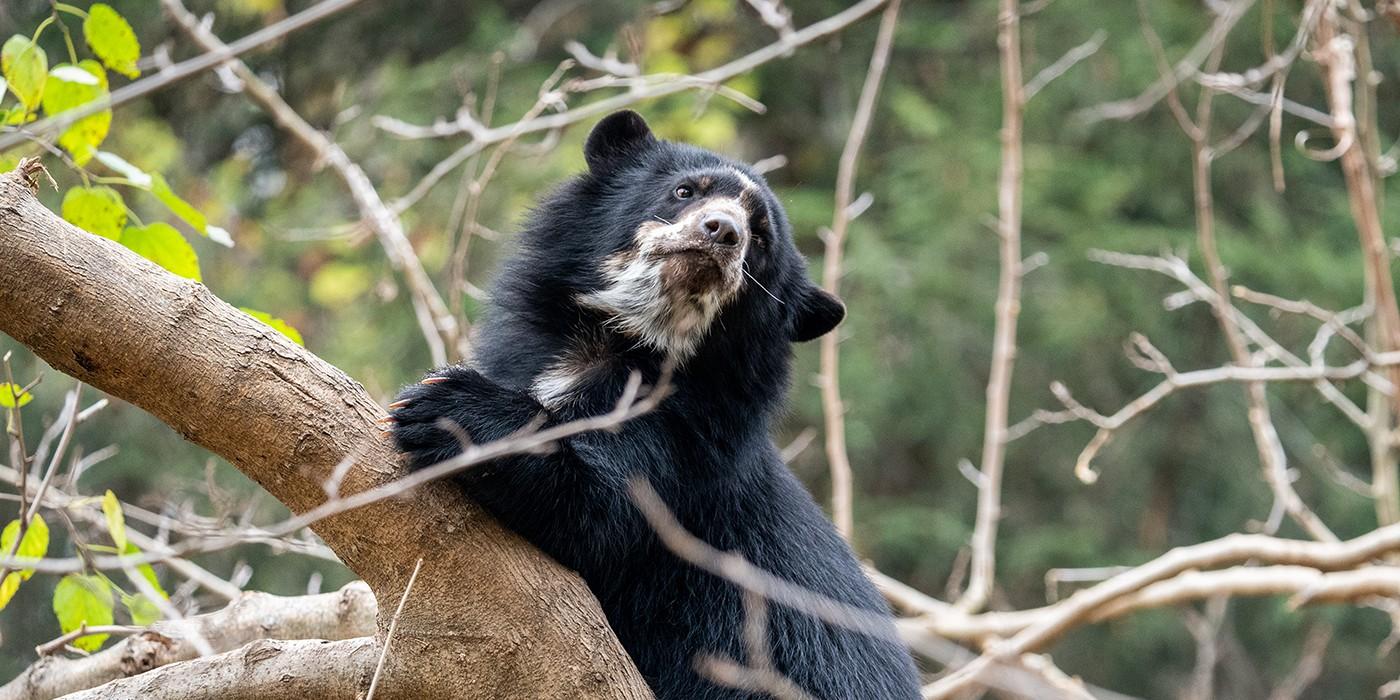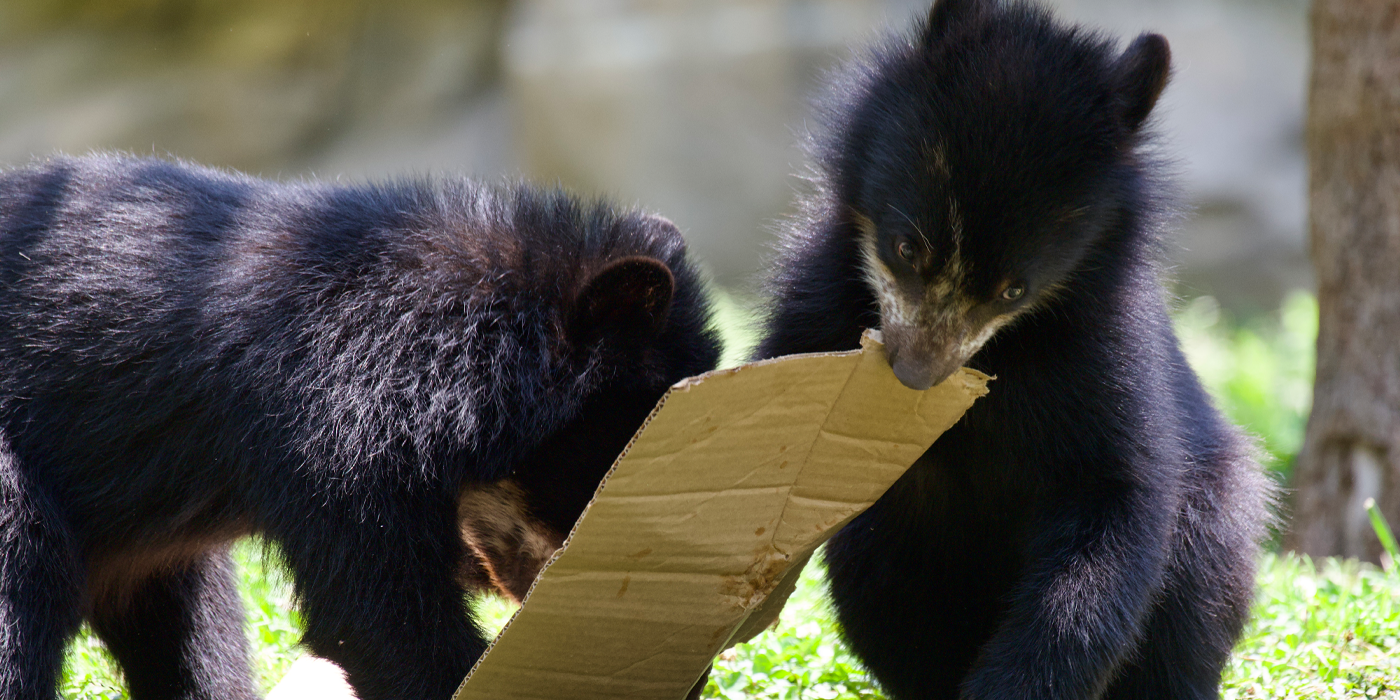Andean Bear Cub Brothers Now on View Outdoors at the Smithsonian’s National Zoo
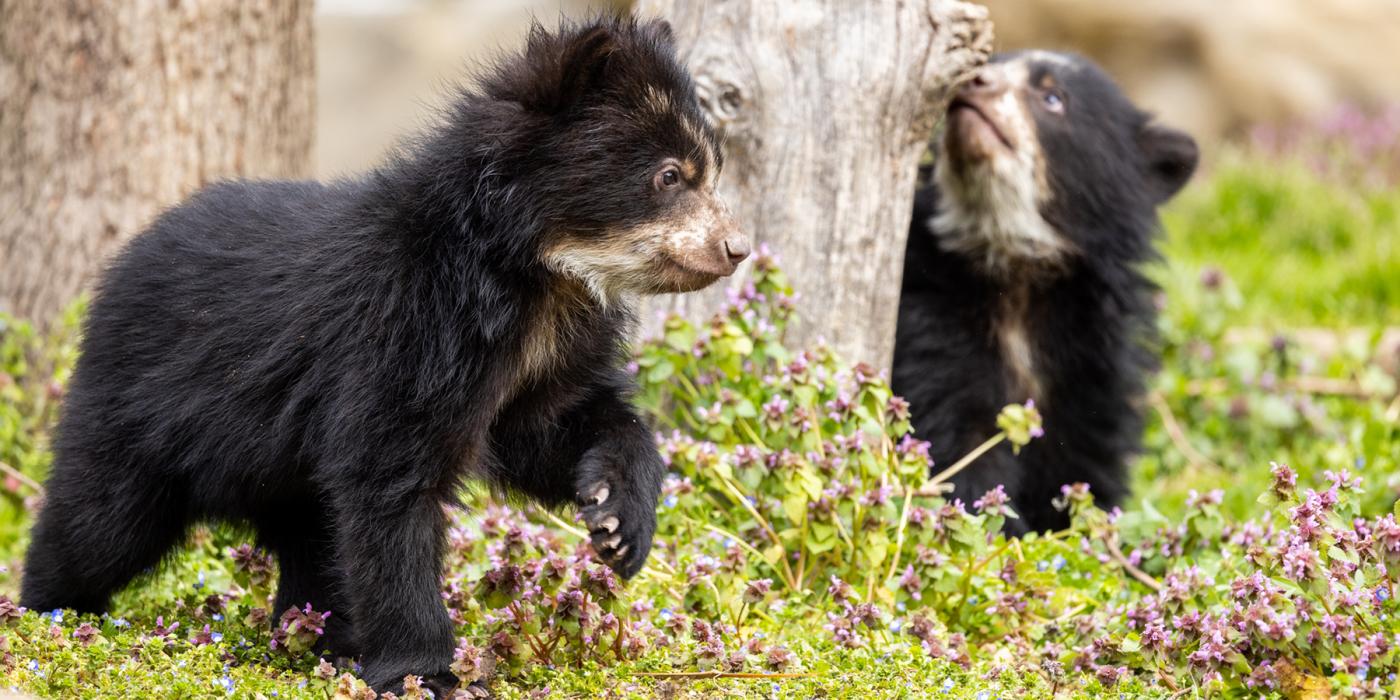
Just in time for spring break, two male Andean bear cubs named Sean and Ian are now on view at the Smithsonian’s National Zoo and Conservation Biology Institute (NZCBI) in Washington, D.C. Over the past few weeks, the animal care team has worked with the brothers to prepare them for the transition. Cubs Ian and Sean began exploring the yard in mid-March alongside their mother, 4-year-old Brienne. For the past four months, members of the public have joined animal care staff in observing the cubs play and explore via a live Andean Bear Cub Cam and follow along with their growth through online “cubdates.”
The cubs, born Nov. 15, 2022, are the first cubs born to Brienne and 9-year-old father Quito. Ian and Sean will spend the next year with Brienne as they continue to grow, and visitors can see the bears, as well as Quito, on exhibit near the lower entrance to American Trail exhibit, weather permitting. Andean bears have unique facial markings that visitors can use to differentiate the bears. Ian has a triangle patch on his forehead similar to his great grandmother Billie Jean’s, while Sean has a hook over his right eye like Quito.
Sean and Ian are more than just cute, playful cubs, though. Their births were significant for the population of Andean bears in human care; they are the fourth litter of cubs born at NZCBI since 2010.
“For vulnerable animals like Andean bears, an Association of Zoos and Aquariums’ Species Survival Plan (SSP) is a critical program to safely maintaining ex situ populations,” said Sara Colandrea, NZCBI animal keeper and North American Andean bear studbook keeper and SSP coordinator. “We work with other AZA-accredited zoos across the world to coordinate breeding that ensures genetic diversity for the long-term survival of the species. Once grown, if Ian and Sean are selected as studs, they provide more genetic diversity within the U.S. population.”
Andean bears are South America’s only bear species and are listed as vulnerable on the International Union for Conservation of Nature’s Red List of Threatened Species. Due to wildlife trafficking and habitat destruction, it is estimated fewer than 20,000 Andean bears remain in the wild. Bears in human care at zoos act as ambassadors for conservation and help educate the public about their wild counterparts.
NZCBI animal care experts and scientists have partnered with Peruvian colleagues from the Inkaterra Association, a non-profit eco-tourism organization committed to regional conservation, and the Peruvian government to learn about their Andean bear program and help develop a strategy to enhance conservation, education and management of the captive and wild populations of Andean bears in the Machu Picchu Sanctuary.
“International collaborations are essential to protect the future of Andean bears,” said Craig Saffoe, the curator of Great Cats, Andean bears and Kids’ Farm. “When we work together with our colleagues in South America, we not only help to protect existing wild populations, but build a brighter future for both the bears and the humans who live alongside them.”
# # #
Related Species:
Image Gallery

